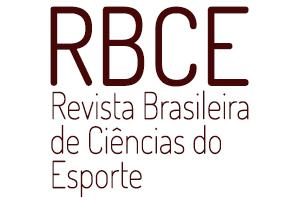Resumo
Esse estudo objetivou gerar uma equação de frequência cardíaca máxima (FCmax) baseada na idade para corredores aerobiamente treinados. Trinta e quatro corredores homens realizaram três testes incrementais em esteira motorizada, com início a 8 km·h-1 e incrementos de 1 km·h-1 a cada um, dois ou, três minutos. A FCmax foi definida como o valor mais alto de frequência cardíaca registrado em cada teste. As análises de post hoc indicaram que a FCmax de cada teste foi significativamente menor que o valor mais elevado de FCmax para cada participante. A FCmax predita pela equação "206 - 0,7 x idade" subestimou a mais alta FCmax em 8,6 batimentos·min-1. Logo, a equação gerada baseada em idade "218 - 0,8 x idade" deveria ser usada para predizer a FCmax em corredores aerobiamente treinados.
PALAVRAS-CHAVE
Sistema cardiovascular; Teste físico; Resistência física; Corrida

 Uma nova equação baseada em idade para predição da frequência cardíaca máxima em corredores aerobiamente treinados
Uma nova equação baseada em idade para predição da frequência cardíaca máxima em corredores aerobiamente treinados
